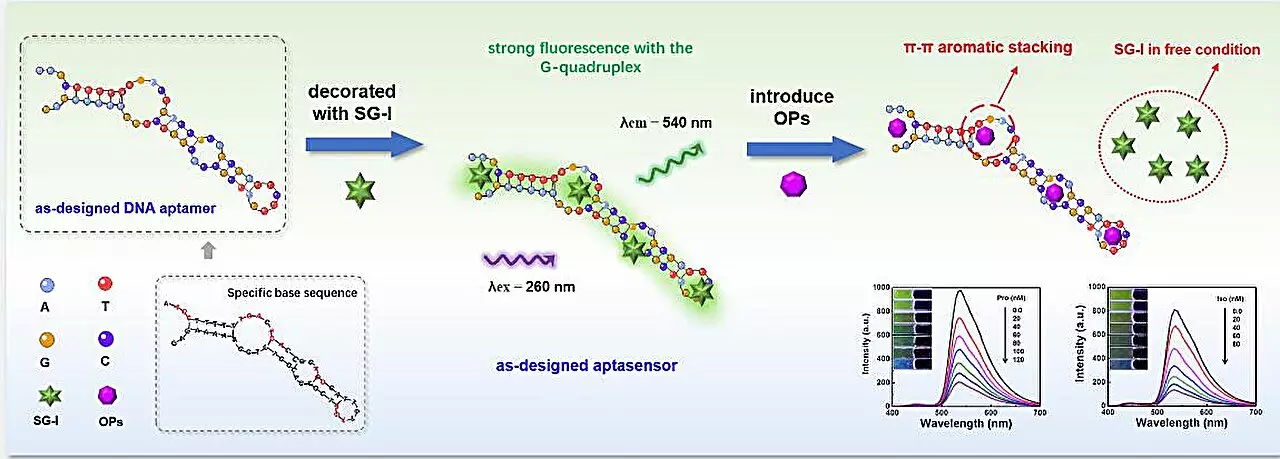A groundbreaking advancement in the detection of hazardous substances has emerged from the Hefei Institutes of Physical Science, directed by the visionary Prof. Jiang Changlong. In a remarkable fusion of biotechnology and environmental science, the team has engineered a visual sensing platform that harnesses the unique properties of DNA aptamers to identify organophosphate insecticides with unprecedented speed and accuracy. This innovation, detailed in a publication in *Analytical Chemistry*, stands to reshape the landscape of safety practices in both agriculture and food production.
The Environmental Threat of Organophosphates
Organophosphate insecticides, notably profenofos and isocarbophos, are prolific in agricultural practices due to their potency against pests. Nevertheless, the excessive usage of these chemicals raises critical concerns regarding their residual presence in our food supply and ecosystems. The lingering traces of these substances can lead to severe health implications, including neurological issues and endocrine disruptions. Recognizing the urgent need for effective monitoring mechanisms, the research team aimed to bridge the gap in on-site, rapid detection methods, addressing a critical public health challenge.
Mechanism of Detection Simplified
The essence of this new sensor lies in a visually striking mechanism involving changes in color that signify the presence of organophosphate residues. At its core, the sensor utilizes engineered DNA strands, or aptamers, which exhibit a unique interaction with the target insecticides. Upon exposure to these toxic substances, the aptamers undergo a conformational change that alters fluorescence properties. Initially glowing green due to the incorporation of a green dye into a G-quadruplex structure, the sensor’s glow transitions to blue when insecticides are detected, signaling a notable presence of harmful chemicals. This innovative design allows for detection limits as low as 2.48 nM for profenofos and 3.01 nM for isocarbophos, underscoring its sensitivity and reliability.
Bringing Technology to the Field
In a further leap towards practicality, the researchers have seamlessly integrated 3D printing technology with a color-identifying application for smartphones. This transformation not only enhances usability but also grants accessibility to those in remote farming areas, ensuring that farmers and food safety inspectors can rapidly and visually quantify pesticide residues on the spot. Such democratization of technology could lead to more informed decisions in agricultural practices and greater accountability regarding chemical use.
Implications for Public Health
The development of this visual sensing platform epitomizes a vital step towards safeguarding public health through innovative science. In an era where food safety is more critical than ever, the ability to detect toxic residues swiftly could prevent potential health crises, paving the way for sustainable agricultural practices. Prof. Jiang’s assertion about the sensor provides a vision where proactive measures can be taken against pesticide contamination, fundamentally changing how we approach food safety and environmental health. This research exemplifies the potential of scientific ingenuity to respond directly to societal needs, fostering a safer and healthier future for all.

